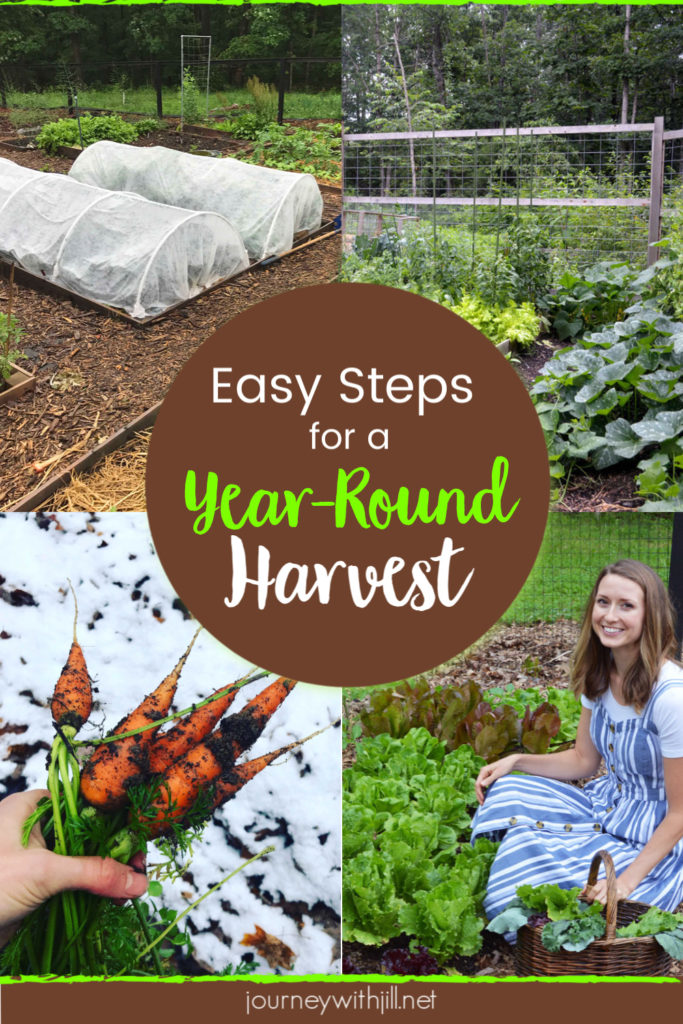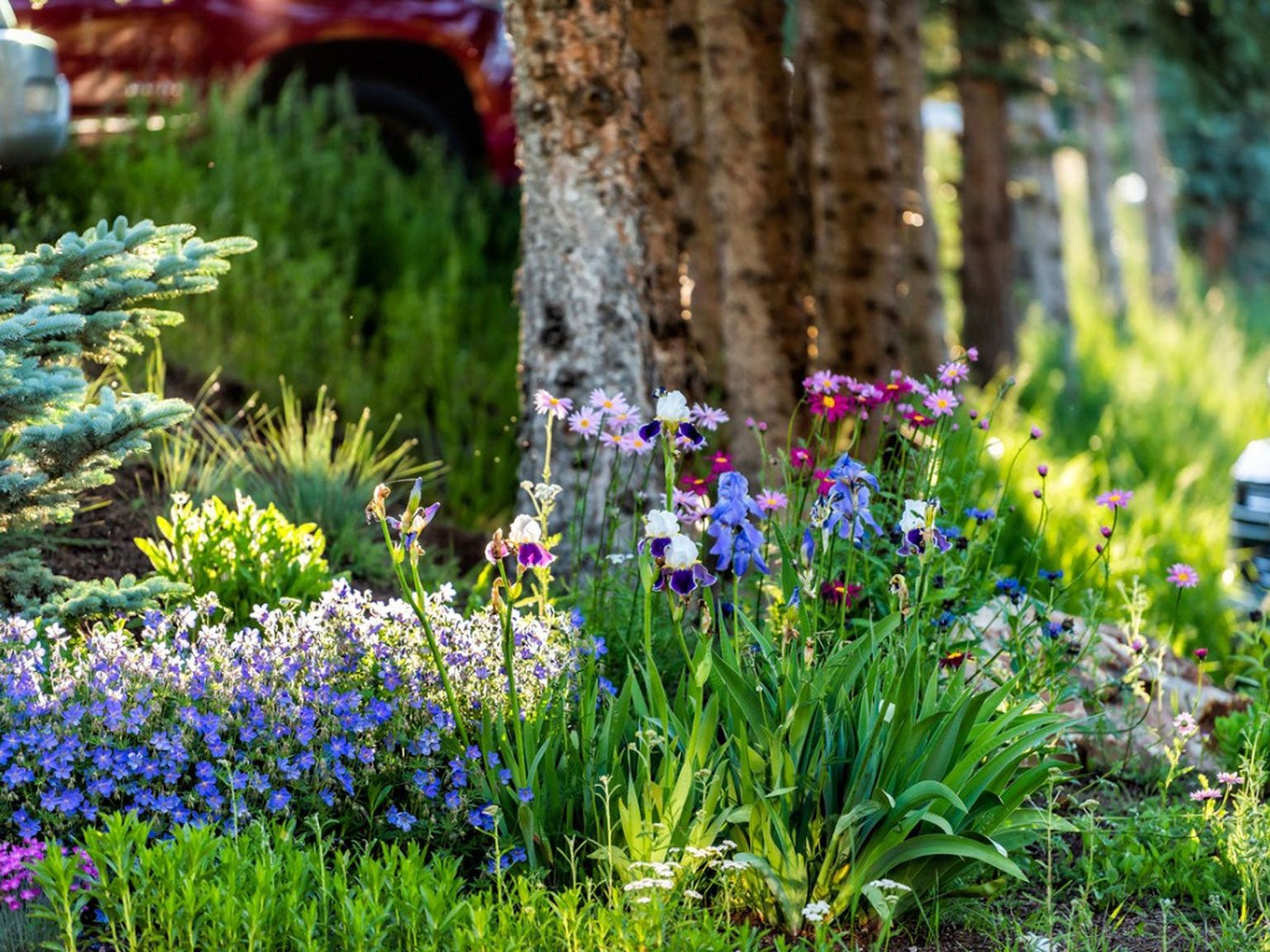Master Year-Round Harvest: Top Seasonal Gardening Tips

Imagine stepping into your garden and plucking fresh, ripe tomatoes in the summer, crisp lettuce in the spring, and hearty root vegetables in the winter. Year-round gardening isn't just a dream; it's a reality that you can achieve with the right seasonal gardening tips. Whether you're a seasoned green thumb or a novice just starting out, mastering the art of year-round harvest can transform your garden into a bountiful oasis. Let's dive into the top seasonal gardening tips that will help you maintain a thriving garden throughout the year.
Understanding Seasonal Planting
Spring: The Season of Rebirth
Spring is the quintessential season for planting. As the weather warms up and the days grow longer, it's the perfect time to sow seeds and watch your garden come to life. Focus on cool-season crops like lettuce, spinach, peas, and radishes. These vegetables thrive in the mild temperatures of spring and can be harvested before the summer heat sets in.
Pro Tip: Start your seeds indoors a few weeks before the last frost date. This gives your plants a head start and ensures they are ready to transplant once the soil warms up.
Summer: The Peak of Growth
Summer is the peak growing season, ideal for warm-season crops like tomatoes, peppers, cucumbers, and beans. The long days and warm temperatures provide the perfect conditions for these plants to flourish. Make sure to provide adequate water and consider using mulch to retain moisture and suppress weeds.
Pro Tip: Use succession planting to extend your harvest. Plant fast-growing crops like radishes and lettuce between slower-growing ones like tomatoes and peppers. This ensures a continuous supply of fresh produce.
Fall: The Season of Transition
Fall is a transitional season, perfect for planting cool-season crops again. Vegetables like kale, cabbage, and broccoli thrive in the cooler temperatures. Fall is also an excellent time to plant garlic and onions, which will overwinter and be ready for harvest in the spring.
Pro Tip: Use row covers to protect your fall crops from early frosts. This extends your growing season and ensures a longer harvest period.
Winter: The Season of Dormancy
Winter might seem like a dormant season, but it's an excellent time for garden maintenance and planning. Focus on soil preparation, composting, and crop rotation. Plant hardy vegetables like spinach, kale, and carrots, which can tolerate cold temperatures.
Pro Tip: Consider using cold frames or greenhouses to extend your growing season. These structures provide a protected environment for your plants, allowing you to harvest fresh produce even in the coldest months.
Essential Garden Maintenance
Soil Preparation
Healthy soil is the foundation of a thriving garden. Regularly test your soil pH and nutrient levels to ensure it meets the needs of your plants. Add organic matter like compost to improve soil structure and fertility.
Pro Tip: Rotate your crops to prevent soil depletion and reduce the risk of pests and diseases. This practice ensures that different nutrients are utilized and replenished, maintaining soil health.
Pest and Disease Control
Pests and diseases can wreak havoc on your garden. Regularly inspect your plants for signs of infestation or illness. Use organic pest control methods like companion planting, beneficial insects, and natural pesticides to keep your garden healthy.
Pro Tip: Practice good garden hygiene by removing diseased plants and fallen leaves. This prevents the spread of diseases and keeps your garden clean and healthy.
Watering and Mulching
Proper watering is crucial for plant health. Water deeply and less frequently to encourage strong root growth. Use mulch to retain moisture, suppress weeds, and regulate soil temperature.
Pro Tip: Install a drip irrigation system to ensure consistent watering. This method delivers water directly to the roots, reducing waste and promoting healthy plant growth.
Creating a Harvest Schedule
A well-planned harvest schedule ensures a continuous supply of fresh produce. Start by creating a planting calendar that outlines when to sow, transplant, and harvest each crop. Consider the days to maturity for each plant and stagger your planting to extend the harvest season.
Pro Tip: Keep a garden journal to track your planting and harvesting dates. This helps you refine your schedule and make adjustments for future seasons.
The Art of Crop Rotation
Crop rotation is a essential practice in year-round gardening. It involves planting different crops in the same area each season to prevent soil depletion and reduce the risk of pests and diseases. Rotate your crops based on their nutrient needs and growth habits.
Pro Tip: Divide your garden into sections and rotate crops annually. This ensures that each section of your garden receives a balanced supply of nutrients and reduces the buildup of pests and diseases.
Embracing Year-Round Gardening
Year-round gardening is a rewarding endeavor that connects you with nature and provides a steady supply of fresh, homegrown produce. By understanding seasonal planting, maintaining your garden, creating a harvest schedule, and practicing crop rotation, you can master the art of year-round harvest.
So, are you ready to transform your garden into a bountiful oasis? With these top seasonal gardening tips, you're well on your way to enjoying fresh, homegrown produce all year long. Happy gardening!

Conclusion
Mastering year-round harvest is a journey that brings joy, satisfaction, and a deeper connection with nature. By following these seasonal gardening tips, you can create a thriving garden that provides fresh produce throughout the year. Remember, the key to success is understanding seasonal planting, maintaining your garden, creating a harvest schedule, and practicing crop rotation. So, grab your gardening gloves and let's get started!
FAQs
What are the best crops to plant in spring?
- Spring is ideal for cool-season crops like lettuce, spinach, peas, and radishes. These vegetables thrive in the mild temperatures and can be harvested before the summer heat sets in.
How can I extend my growing season?
- Use succession planting, row covers, cold frames, and greenhouses to extend your growing season. These methods provide a protected environment for your plants, allowing you to harvest fresh produce even in the coldest months.
What is the importance of crop rotation?
- Crop rotation prevents soil depletion, reduces the risk of pests and diseases, and ensures a balanced supply of nutrients. It involves planting different crops in the same area each season.
How can I control pests and diseases in my garden?
- Practice good garden hygiene, use organic pest control methods like companion planting and beneficial insects, and regularly inspect your plants for signs of infestation or illness.
What is the best way to prepare soil for year-round gardening?
- Test your soil pH and nutrient levels, add organic matter like compost, and rotate your crops to maintain soil health. Healthy soil is the foundation of a thriving garden.
0 Response to "Master Year-Round Harvest: Top Seasonal Gardening Tips"
Post a Comment